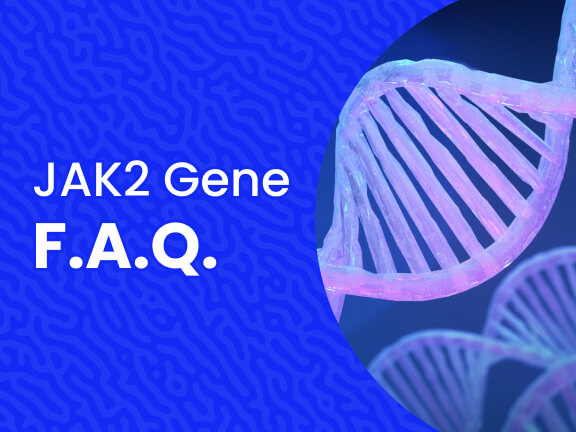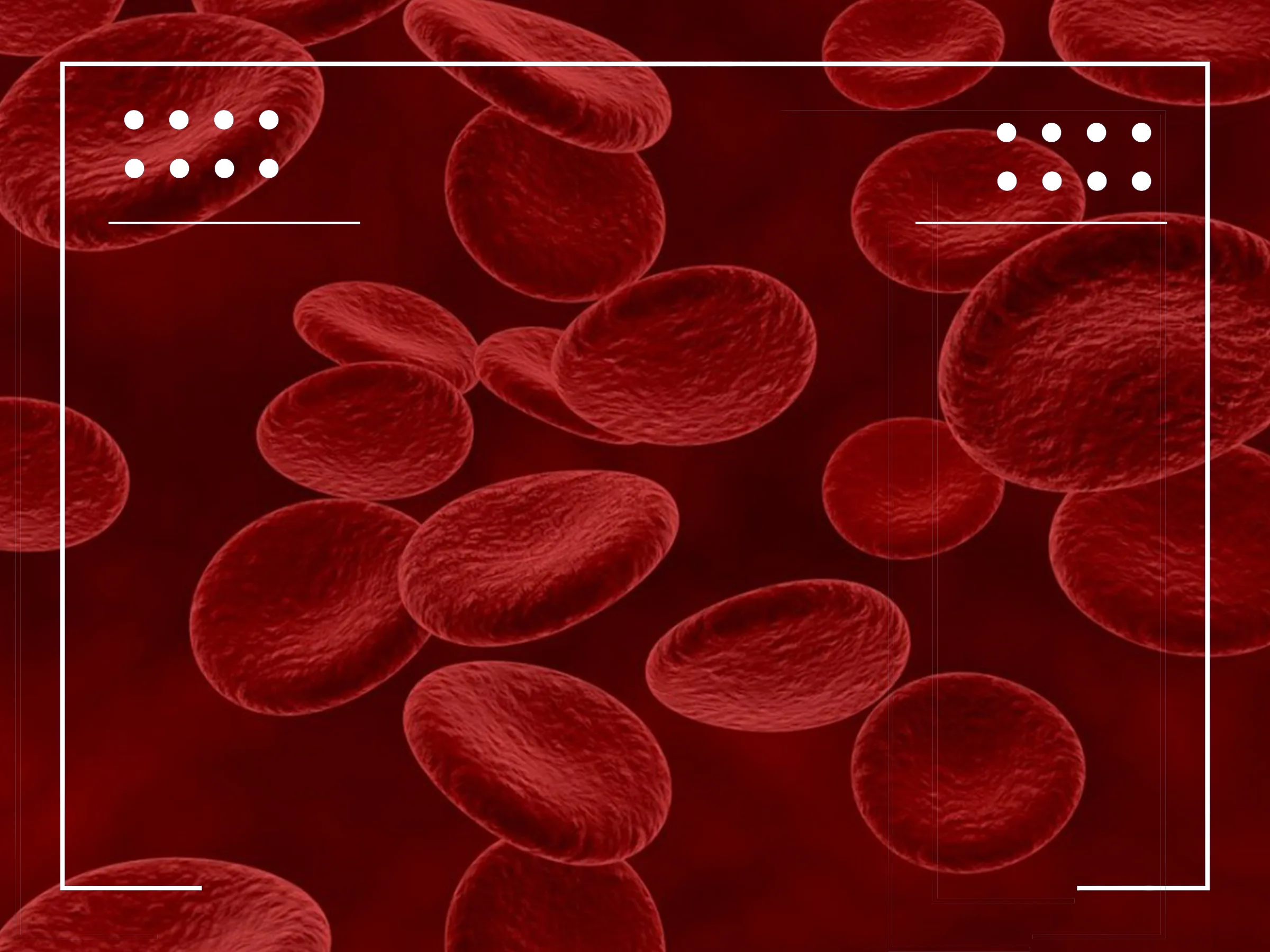GE junction cancer treatment begins with a comprehensive assessment to determine the extent and stage of the cancer. This type of cancer, occurring where the esophagus meets the stomach, often requires a multidisciplinary approach for effective treatment. The main treatment modalities include surgery, chemotherapy, and radiation therapy, often used in combination to achieve the best outcomes.
GE junction cancer treatment strategies are increasingly personalized, taking into account the specific characteristics of the cancer and the overall health of the patient. For advanced cases, targeted therapies and immunotherapies offer new hope by focusing on specific genetic mutations or proteins found in cancer cells, thereby inhibiting the cancer’s growth and spread. The choice of treatment is influenced by several factors, including the cancer’s location within the GE junction, the tumor’s size, the presence of metastases, and the patient’s preference and overall health condition. Supportive care plays a crucial role in managing symptoms and side effects of the disease and its treatment, ensuring the best possible quality of life for patients. As research advances, clinical trials continue to explore innovative treatments, promising more effective and less invasive options for managing GE junction cancer in the future.
Treatment for gastroesophageal (GE) junction cancer usually involves surgery along with neoadjuvant therapy of radiation or chemotherapy. GE junction adenocarcinoma is a type of esophageal cancer that occurs in the GE junction, which is located between in the lower part of the esophagus that connects to the stomach.
Cancer of the GE junction is diagnosed and treated similarly to the other esophageal cancers. There are nearly 20,000 cases of esophageal cancer each year in the United States. GE junction cancer is rare but is also one of the few cancer types that is increasing in the number of cases each year. The increase in esophageal cancer cases can be attributed to an increase in chronic irritation of the esophagus from conditions such as Barret’s esophagus and as gastroesophageal reflux disease (GERD).
What is GE Junction Cancer?
GE junction cancer refers to cancer of the lower part of the esophagus, which connects to the stomach. Glandular cells produce and release fluids like mucus and are located in the esophagus. Cancer that begins in glandular cells are called adenocarcinomas. Therefore, cancer of the GE junction is referred to as gastroesophageal junction adenocarcinoma.
The most common risk factors for GE junction cancer are esophageal problems that cause chronic irritation such as GERD and Barret’s esophagus. Other risk factors include:
- Smoking
- Obesity
- Poor diet
Gastroesophageal junction cancer represents a significant and challenging subset of cancers affecting the digestive system. This type of cancer, specifically known as gastroesophageal junction adenocarcinoma, occurs at the critical area where the esophagus meets the stomach, known as the gastroesophageal junction. The development of this cancer is closely associated with glandular cells that line the lower esophagus, which, when they undergo malignant transformation, lead to adenocarcinomas.
The primary surgical treatment for this condition is an esophagectomy, a procedure that involves the removal of part or all of the esophagus, and often a portion of the stomach, to eliminate cancerous tissue. This operation is complex and requires careful postoperative management to ensure the best possible outcomes for patients.
In addition to surgery, targeted therapy has emerged as a pivotal component of treatment for GE junction cancer. Drugs such as trastuzumab have shown efficacy in targeting specific molecules involved in the growth and spread of cancer cells, offering a more personalized treatment approach. This form of therapy is particularly beneficial for patients whose tumors overexpress certain proteins, such as HER2, providing a targeted method to combat the disease.The risk factors for GE junction cancer include chronic irritation of the esophagus due to conditions like GERD (Gastroesophageal Reflux Disease) and Barrett’s esophagus, both of which are known to significantly increase the risk of developing cancer in this region.
GE Junction Cancer Treatments
In the context of GE junction cancer treatment, understanding the interaction between cancer cells and the body’s blood vessel network is crucial. Cancer cells have the ability to hijack the body’s blood supply, creating new vessels to feed the tumor through a process known as angiogenesis.
Gastro esophageal junction cancer treatment depends on the stage and location of the cancer. If the cancer is still localized, and not spread to the surrounding tissue, then surgery, an esophagectomy is the preferred method of treatment. Most patients in stage 1 or 2 and some stage 3 patients are eligible for this procedure, which involves the removal of the tumor, a small portion of the esophagus and stomach, and any nearby lymph nodes. After removal, the stomach is then reconnected to the esophagus. Other standard therapies are common for patients that are ineligible for surgery.
Other treatments that are used for GE junction cancer include:
- Radiation therapy
- Chemotherapy
- Targeted Therapy
- Immunotherapy
- Clinical trials
Chemotherapy or radiation are often given to patients prior to surgery to shrink the tumor before the procedure. Sometimes, a combination of the treatments will be used so the procedure is not as invasive. Surgery is the only curative treatment option available and other therapies are intended to halt the disease’s progression and limit symptoms associated with the disease. For advanced staged patients, clinical trials may be an option to receive the latest treatments in cancer research. Talk with your doctor to see if clinical trials offer treatment that may benefit your case.












